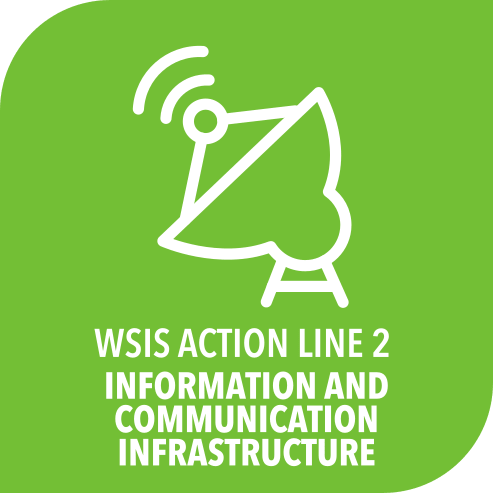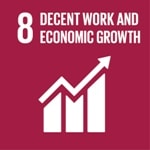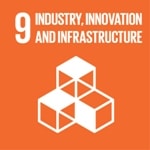Beyond International Aid: Investing in Community Connectivity and Making it Self-Sustainable
Association for Progressive Communications
Session 338
Large and persistent digital divides continue to underscore the difficulties of achieving the goal of universal access. It has increasingly been recognized in many internet governance fora, including the WSIS and UN CSTD, that community connectivity initiatives play a role in closing the gap. Most recently, the Global Digital Compact, adopted by the United Nations, included the commitment to invest in local networks as a way to address persistent digital exclusion. However, creating financing mechanisms to address the needs of these types of initiatives has been a challenge dating back to WSIS, and little progress has been made to date.
Part of the problem has resulted from reliance on traditional telecommunication operators to close the digital divide, which in turn is reflected in policy and regulatory frameworks designed for their national scale and centralised ways of operating. Similarly, most financial instruments available are designed for these large operators and their multimillion-dollar telecommunication infrastructure projects. Developing new strategies that can close the digital divide by addressing the gaps where these operators cannot meet their return on investment targets, requires exploring innovative financial solutions that can be made available to community connectivity and other local initiatives.
This session will present and discuss how community connectivity initiatives, as contributors to the social and solidarity economy, could be recipients of blended and impact finance, and other innovative financial mechanisms that multilateral funds, national development banks, and regulators could make available to close the digital divide.





-
 C2. Information and communication infrastructure
C2. Information and communication infrastructure
The 2003 Geneva Declaration expressed the commitment to turning the existing digital divide at the time into a digital opportunity for all, particularly for those who risk being left behind and being further marginalized. For that WSIS Action Line 2 considered ICT infrastructure an essential foundation for the Information Society. This session will present and discuss innovative financing mechanisms so that ICT infrastructure can serve the needs of those who remained excluded today.
-
 Goal 8: Promote inclusive and sustainable economic growth, employment and decent work for all
Goal 8: Promote inclusive and sustainable economic growth, employment and decent work for all
-
 Goal 9: Build resilient infrastructure, promote sustainable industrialization and foster innovation
Goal 9: Build resilient infrastructure, promote sustainable industrialization and foster innovation
-
 Goal 17: Revitalize the global partnership for sustainable development
Goal 17: Revitalize the global partnership for sustainable development
This session is anchored in SDG 9: “Build resilient infrastructure, promote inclusive and sustainable industrialization and foster innovation” and in particular in Target 9c “Significantly increase access to information and communications technology and strive to provide universal and affordable access to the Internet in least developed countries by 2020”
Given the particular focus on financing social enterprises, it additionally links with the following targets within SDG8 and SDG17:
- 8.3 Promote development-oriented policies that support productive activities, decent job creation, entrepreneurship, creativity and innovation, and encourage the formalization and growth of micro-, small- and medium-sized enterprises, including through access to financial services
- 17.3 Mobilize additional financial resources for developing countries from multiple sources
- 17.17 Encourage and promote effective public, public-private and civil society partnerships, building on the experience and resourcing strategies of partnerships
- Objective 1: Close all digital divides and accelerate progress across the Sustainable Development Goals
Self-sustaining financing solutions for community connectivity: https://repositorio.fgv.br/server/api/core/bitstreams/0b5f539f-eb19-4cb3-8dd9-455232f7fccd/content
Financing mechanisms for locally owned internet infrastructure: https://www.apc.org/en/pubs/financing-mechanisms-locally-owned-internet-infrastructure
What changes when connectivity is centred on the community? Hear local voices in the new season of our podcast: https://www.apc.org/en/news/what-changes-when-connectivity-centred-community-hear-local-voices-new-season-our-podcast
An enabling environment for community-centred connectivity: A WSIS+20 agenda to leave no one behind: https://www.apc.org/en/pubs/enabling-environment-community-centred-connectivity-wsis20-agenda-leave-no-one-behind